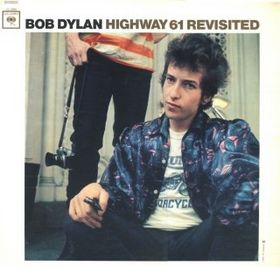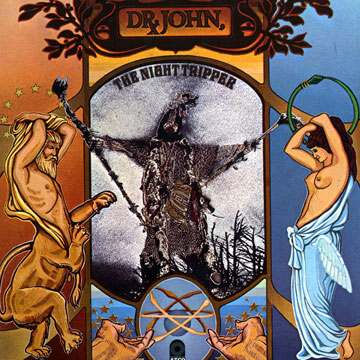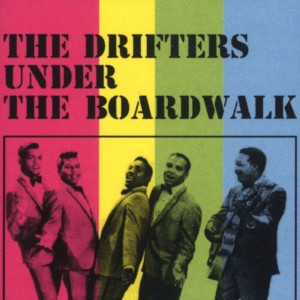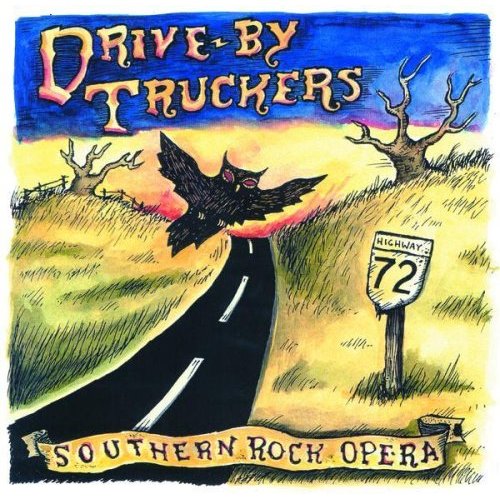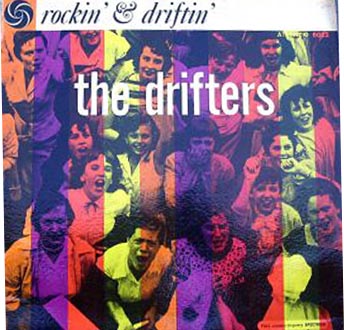
As that brings us to the end of the letter D, we need to go back and cover things that I've picked up from A-D in the past few weeks. Therefore, next is 2012's album by avant-folk outfit the Act of Estimating As Being Worthless which is pretentiously entitled Amongst These Splintered Minds // Leaden Thoughts Sing Softly. As a practical demonstration of the viability of band names, they allow you to choose how much you want to pay for downloads of their records (which can be nothing if you want) and this idea fits the idea of the band well. The album itself is a lovely thing, quietly and unaggressive, acoustic songs with hushed male and female vocals and loads of strings and trumpet, and it's a charmingly low-key affair, kind of a cross between L'Altra and Ida. Opener 'Bones' is a great tune, quietly folky before suddenly erupting into a mass of brass and strings before quietening down just as abruptly, and it gives an indication of the musical ideals of the band overall. These are songs that seem inconsequential to a degree, but close listening reveals an attention to detail and some great song structure, and it's a really lovely record overall.

And finally before we move on to E we have the Rainwater Cassette Exchange EP (2009) by Deerhunter. It's an interesting one this, more straightforward than their albums it's also surprisingly uninventive (despite what the nerds seem to think). If anything it sounds more like a compilation of slightly quirky indie acts from the late 1980's rather than the groundbreaking psych-pop that is sometimes claimed. I mean, it's alright but it's nothing particularly special.

Right, let's dig some classic rock with everybody's favourite country-rock arena botherers, the Eagles, starting with 1973's utterly idiotic Desperado. What a stupid album Desperado is. It's really terrible. A concept album about Wild West outlaws, it set the template for MOR country-rock entirely. Starting with Jackson Browne's only contribution, 'Doolin' Dalton', you suspect the album is only going to be a slightly naff, stereotypical bit of technically proficient California rock, but then the dismal banjo led country of 'Twenty-One' starts up and you know you're in for a pretty rough ride. Next up is atrocious rocker 'Out of Control' which sounds like the worst Creedence reject ever. It's all dicey for the rest of the album too and to be honest it's mystifying why the Eagles were ever elevated to their insane level of popularity. There are a couple of songs that have just about weathered the test of time and both 'Desperado' and 'Tequila Sunrise', although corny, are undeniably delicately written songs, but they're pretty shallow oases in a desert of terrible rock.

The even worse One Of These Nights (1975) kicks off with the disco-rock of the title track and the line "One of these nights, one of these crazy nights". That kind of use of the word "crazy" in rock music should have been banned many years ago, it's kind of a lyrical calling card announcing the arrival of total cheese. Anyway, after the Bee Gees squealing of the title track we're back on familiar country-rock ground with 'Too Many Hands' and its silly harmonies, daft guitar solo and 12-string and tabla middle eight. Nonsense. Pretty much the only thing that One Of These Nights really has going for it is the fact that the absurd banjo-prog of 'Journey of the Sorceror' was used as the theme music for the awesome TV series of The Hitch-Hiker's Guide to the Galaxy. Does 'Lyin' Eyes' have to go on for 7 minutes? And there's more disco in the laughable 'Visions' as well, honestly, it's just a terrible, terrible album. 'Take It to the Limit' is a nice tune, but one nice tune on an album of unqualified crap is just no good.

In 1976 the Eagles released a retrospective compilation. Now, this seems like vanity to me bearing in mind that although they had fourteen hundred million albums, they had only actually recorded four in as many years. A bit previous for a best-of if you ask me, but there it is. Their Greatest Hits it's called and it's realistically probably as close to an almost half-decent album as they ever got. Culling two or three tracks from each album means that you've got 'Take It Easy', 'Desperado', 'Take It to the Limit' and a handful of other tunes of varying quality that means you've got a chance of coming across a decent track every second or third song, unlike the other albums where you're looking at much more depressing strike rate. Anyway, one listen to 'Witchy Woman' will remind you that it's still basically rubbish.

And finally for the Eagles it's the big one, Hotel California (1976). The country element is now vanished without trace and what we've got here instead is rock in it's most "classic" form. There's not really much to say about the title track, it's pretentious, bombastic, and ultimately supremely stupid. Then there's 'New Kid in Town' which is bland, 'Life in the Fast Lane' which is a serious rock number (and Joe Walsh's opportunity to prove that he had a part to play in the band) with a stupendous and stupendously dumb riff, and the blasted, rock weepie 'Wasted Time'. So that's side one, and all the stuff that everybody knows. Who knows what's on side 2 of Hotel California? No-one, surely? Anyway, what IS on side 2 is a crock of more dumb-ass 70's rock. It's rubbish, of course, but I have to say I do have a soft spot for the album. Blame growing up in the 70's.

The third Eagles of Death Metal album, Heart On (2008), is a great bit of mucking-about. It's a kind of rock joke, but the songs and the attitude are too good, too accomplished for it to really be nothing but some mates pissing around. While there's clearly a tongue in cheek feel to the whole project, they're simply too good at referencing the stompy glam rock and choppy post-Halen riffing that Josh Homme clearly loves. Bearing in mind also that besides being basically a laugh, the Eagles of Death Metal are another of many side projects that Homme has on the go and the fact that pretty much everything he turns his hand to a) turns out sounding like variations on a theme, and b) is at the very least interesting, at best superb is testament to just how well he's created a functional template. The "robot rock" idea that underpins his songwriting is in full force on Heart On and it's a pretty good adaptation, but there's none of the experimentation that occasionally shows up on the Queens of the Stone Age and Desert Sessions albums, this is all straight down the line three minute rock and it's really enjoyable. And there's a great melodic reference (ie rip-off) to Steely Dan which is nice.





